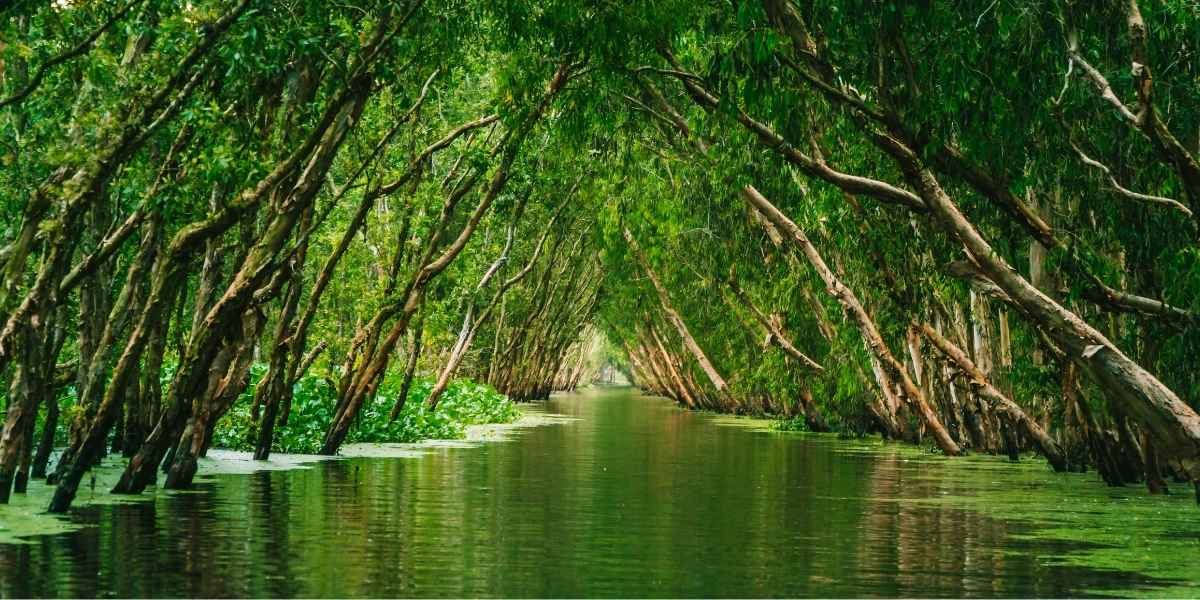What Are the U.S. Territories and Their Waterways?
The U.S. territories are regions under U.S. sovereignty that are not part of the 50 states. These territories are scattered across the globe, ranging from the Caribbean to the Pacific Ocean, and they are home to some of the most breathtaking aquatic ecosystems. The waterways of U.S. territories, such as rivers, lakes, coastal areas, and oceans, play a crucial role in the culture, economy, and natural beauty of these regions. Understanding these water systems not only highlights their ecological significance but also reveals how integral they are to the lives of the residents and the overall well-being of the U.S. territories.
Among the most famous U.S. territories with vibrant aquatic ecosystems are Puerto Rico, Guam, the U.S. Virgin Islands, and American Samoa. Each of these areas boasts stunning marine biodiversity, pristine beaches, and crucial waterways that contribute to the region’s economy through tourism, fishing, and trade. The geographical location of these territories gives them a unique position in terms of their natural resources and environmental beauty, making them important for both U.S. residents and the global community.
Read Also: Ocean Conservation: Protecting Marine Biodiversity
The waterways of U.S. territories are also home to critical marine life and serve as hubs for biodiversity. Coral reefs, mangroves, and estuaries found in these regions offer valuable habitats for various species of fish, birds, and marine mammals. For those who enjoy aquatic sports, these waterways are perfect for activities such as snorkeling, scuba diving, kayaking, and fishing, making them popular tourist destinations.
How Do the Waterways of U.S. Territories Contribute to Local Economies?
The waterways of U.S. territories are not only vital to the ecosystems of these regions but also play a significant role in their local economies. In territories like Puerto Rico, the U.S. Virgin Islands, and Guam, the oceans and rivers provide opportunities for industries such as fishing, shipping, tourism, and marine research. Coastal tourism is particularly important, with visitors flocking to these areas to enjoy the pristine beaches, crystal-clear waters, and vibrant underwater life.
Fishing is another vital part of the economy, as these territories boast rich fishing grounds that contribute to both local consumption and export. For instance, Puerto Rico’s coastline is famous for its commercial and recreational fishing industries. The fish and seafood harvested from these waters are an essential part of the regional diet and contribute to the global seafood market. The islands also serve as shipping hubs, with their deep-water ports facilitating trade between the U.S. mainland, the Caribbean, and international markets.
Tourism is a significant economic driver in U.S. territories with stunning aquatic features. The Caribbean waters surrounding the U.S. Virgin Islands and Puerto Rico attract millions of tourists each year, drawn to activities such as boating, snorkeling, and exploring submarine canyons and coral reefs. Similarly, Guam and American Samoa are popular for their clear lagoons and vibrant coral reefs, which make the islands a prime destination for divers. This booming tourism industry provides job opportunities, boosts local businesses, and generates revenue for these territories.
What Are the Ecological Features of U.S. Territorial Waterways?
The waterways of U.S. territories are not just economically important—they are also rich in ecological diversity. The marine environments surrounding U.S. territories are home to some of the world’s most pristine ecosystems, including expansive coral reefs, lush seagrass beds, and extensive mangrove forests. These ecosystems provide critical habitats for a vast array of marine life, from tiny plankton to large fish species like tuna and marlin.
Coral reefs, which are found in places like the U.S. Virgin Islands, Puerto Rico, and American Samoa, are among the most biologically diverse ecosystems on the planet. They provide shelter and breeding grounds for countless marine species, making them essential to the health of the ocean’s food web. In addition to supporting marine life, coral reefs also protect coastal areas from erosion and serve as natural barriers against storm surges and hurricanes, which is especially important in regions prone to tropical storms.
Mangrove forests and salt marshes along the coastlines of U.S. territories, particularly in Puerto Rico and the U.S. Virgin Islands, act as natural filters for water, improving water quality and supporting a rich diversity of species. These environments also serve as breeding grounds for many marine species, including crabs, shrimp, and young fish. The preservation of these ecosystems is crucial for maintaining the health of the region’s aquatic environments and ensuring the sustainability of local fisheries.
How Are Conservation Efforts Protecting These Aquatic Environments?
Conservation efforts play a critical role in protecting the delicate aquatic ecosystems of U.S. territories. Over the years, many initiatives have been launched to address the environmental challenges facing these waterways, such as coral reef degradation, pollution, and habitat loss. One key aspect of conservation in these regions is the establishment of marine protected areas (MPAs), which are designated zones where human activity is carefully regulated to preserve natural resources and protect marine biodiversity.
For example, Puerto Rico’s Cordillera Reef and the U.S. Virgin Islands’ Buck Island Reef National Monument are both designated MPAs that are home to rich coral ecosystems. These areas are protected from overfishing, industrial development, and other activities that can harm delicate marine life. Similarly, American Samoa’s National Park includes marine ecosystems that are preserved to ensure the long-term health of coral reefs and fish populations.
Efforts to protect these ecosystems extend beyond marine conservation to land-based initiatives as well. Erosion control, sustainable tourism practices, and waste management programs are being implemented to reduce the impact of human activities on coastal and aquatic environments. Environmental education is also key, with local organizations and governments working to raise awareness among residents and tourists about the importance of preserving these unique ecosystems for future generations.
What Are the Opportunities for Ecotourism in U.S. Territorial Waterways?
The stunning waterways of U.S. territories present unique opportunities for ecotourism, offering visitors a chance to experience some of the world’s most beautiful and diverse ecosystems while contributing to conservation efforts. Ecotourism, which focuses on responsible travel that promotes environmental awareness and conservation, is growing in popularity in regions like Puerto Rico, Guam, and the U.S. Virgin Islands.
Read Also: Unveiling the Mysteries of Earth’s Unexplored Waters
In these territories, visitors can enjoy activities such as snorkeling, scuba diving, and kayaking in protected marine areas, where they can observe marine life and coral reefs in their natural habitat. Guided eco-tours led by local experts help educate visitors about the importance of protecting these delicate environments. Additionally, sustainable accommodations and eco-friendly tours ensure that tourism benefits local communities while minimizing its environmental impact.
Ecotourism also provides economic benefits by creating jobs, supporting local businesses, and funding conservation programs. Revenue generated from ecotourism activities can be reinvested into the maintenance of protected areas, environmental education, and local community development. This creates a win-win situation where the environment is preserved, local economies are boosted, and tourists can enjoy the beauty of U.S. territorial waterways in a responsible way.






